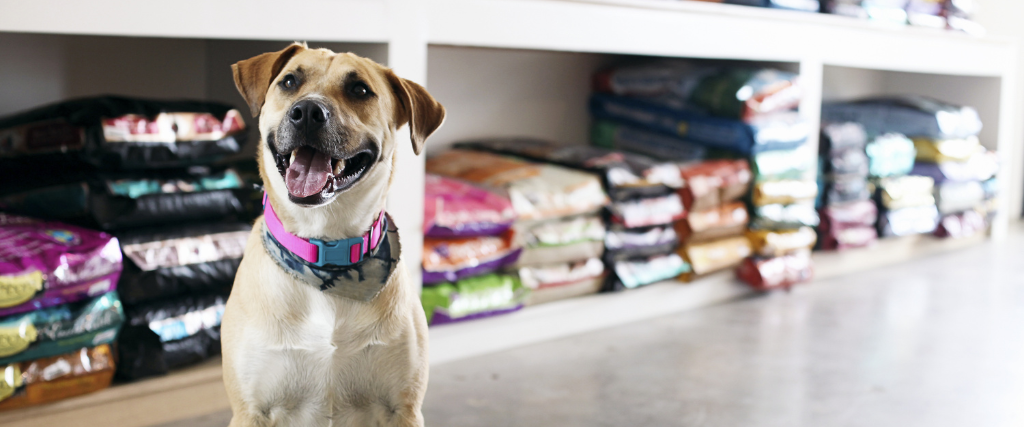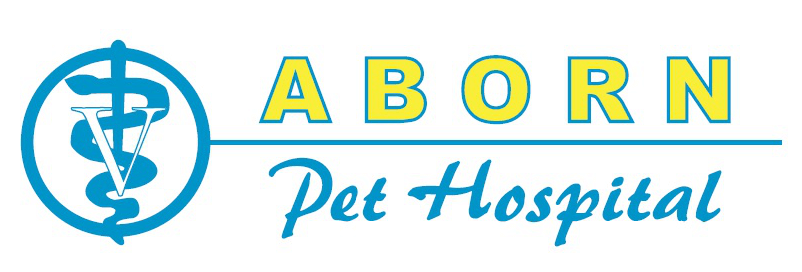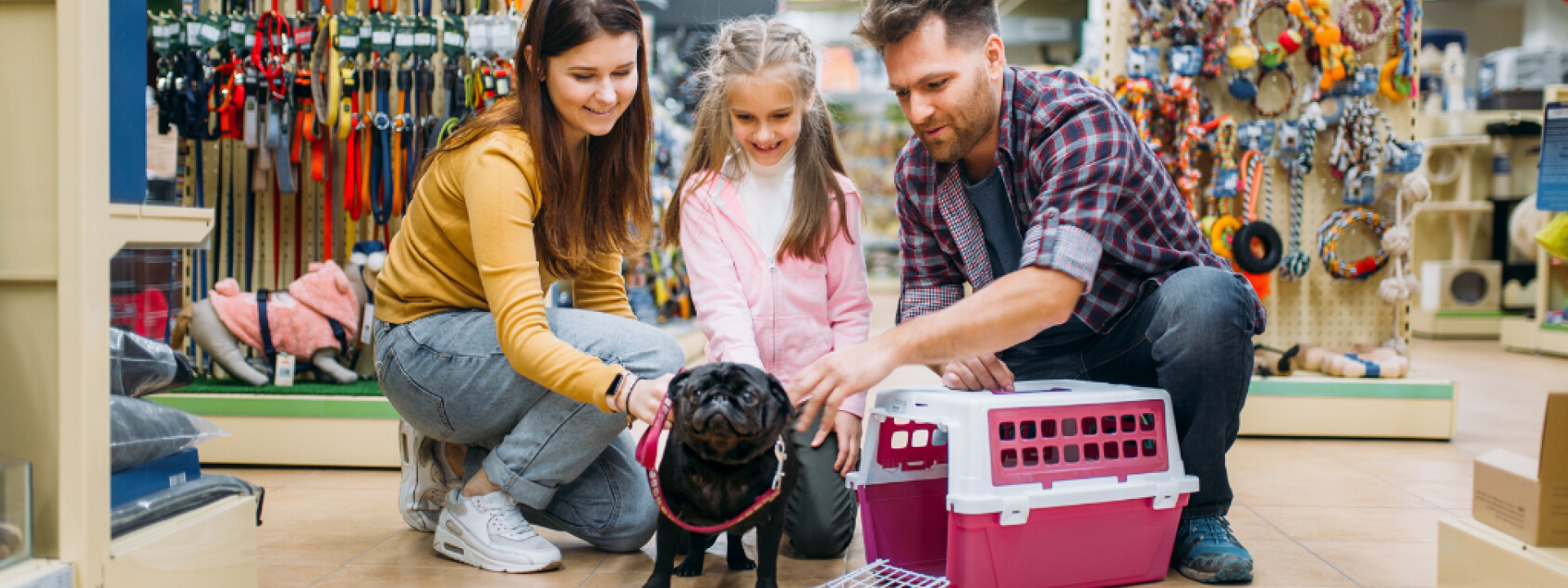The internet is filled with articles about the cost of buying a car, a home, or even having a child. Unfortunately, there isn’t nearly as much information out there about the cost of raising a pet. Because there are so many variables and fluctuations, it’s tough to budget for adding a pet to the family. There are some costs that you can cut to keep the expense of having a pet low, but then there are also essential things you shouldn’t skip or cut corners on in an effort to save money.
As veterinarians, we understand the costs and challenges of pet ownership and are here to help you make an informed decision if you’re thinking about adopting a furry family member. In this blog, we will discuss the importance of planning and budgeting, as well as how to save money on pet care. We’ll also share some supposed money-saving schemes you should definitely avoid.
How Much Does It Cost to Acquire a Pet?
The cost of getting a pet varies depending on where you acquire them from. It can range from free to thousands of dollars. When you are looking to save money, a rescue or shelter is a great place to start because all the vaccinations, microchipping, and spay or neutering are included in the adoption fee. Plus, when you get a pet from a rescue you are saving a life. Puppies and kittens typically have higher adoption fees than adult pets, but there are often times of the year where adoption fees are discounted. The shelter or rescue may also offer an adoption combo for bonded pets. Some also offer military and senior discounts. It doesn’t hurt to ask when you are looking around.
If you are set on a particular breed of dog or cat, don’t look for discounts. Instead, ask your veterinarian for recommended breeders. When interviewing breeders, ask what testing the parents have had prior to breeding, how many litters they’ve had, and if there is a health guarantee. Responsible breeders will happily provide this information. If a breeder balks at your questions or refuses to offer a health guarantee, look elsewhere. These red flags are often signs of a backyard breeder, and if you buy an animal from them, you could end up having to spend a lot more money in the future.
On top of the cost of the pet, you will need to account for additional veterinary care after you bring them home. Your veterinarian may have puppy/kitten vaccination or wellness packages that will save you money while ensuring that your pet receives everything they need to keep them healthy.

How Much Will Supplies Cost?
Estimating the cost of supplies is tricky since there are so many products and options from which to choose. Make a list ahead of time of what you will need, and start to buy these as you see them on sale. It helps to look online to get an idea of average costs and note them on the list to identify what is a deal and what isn’t.
While your pet’s exact needs will vary depending on their species, breed, and age, there are some general supplies you should be prepared to purchase.
Essential puppy and dog supplies include:
- Food and water bowls
- Crate
- Collar and Leash
- Bed
- Food
- Treats
- Toys
Essential supplies for cats and kittens include:
- Food and water bowls
- Bed
- Litter box and litter
- Food
- Treats
- Toys
Some big-ticket items, like crates, aren’t cheap. Look for sales, or keep your eyes open on re-selling sites. If you buy used supplies, clean them thoroughly before your new pet’s arrival. Some cleaning products are toxic to pets, so read the labels carefully. Bleach is a safe solution as long as you dilute it and rinse it off after cleaning.
Your pet’s food bowls should be ceramic or stainless steel—something that is dishwasher safe to ensure a good cleaning. When getting things that will come in contact with your pet’s food or mouth, it is best not to buy whatever is cheapest. They may have toxic metals or chemicals that could leach into your pet’s food.
The first bed you buy your pet doesn’t need to be anything fancy. Stick with something simple and inexpensive until you know for sure that your new furry family member will use it. If you’re getting a puppy or kitten, keep in mind that they will outgrow their first bed quickly. Stains are likely, too, especially with younger pets.
What Should I Get For Toys, Chews, and Treats?
You can find all kinds of pet toys at most stores these days. Grocery stores, big-box stores, discount or closeout stores, and even dollar stores typically have wide selections. You need to choose wisely, as the wrong kind of toy may be inexpensive but could cost you in veterinary bills to remove an obstruction or if they get sick from the material from which it’s made. Test every toy with your fingernail before buying. If your nail doesn’t make a dent, the toy could damage your pet’s teeth.
If your dog tears up stuffed animals in a few minutes, save your money and invest in something more durable that will last longer. A tennis ball is great for occasional use, they’re easy to destroy. Spending a few more dollars on a rubber ball can save you from replacing balls every few uses, and rubber balls don’t have the felt exterior that can wear down the teeth. You can also find washable and reusable scented rubber bones or toys you can put treats inside.
High-quality ones can last a few years with proper care. Treats are not a big part of your pet’s diet, so changing the type and flavor is fine. Because they are consumable, you should look for reputable brands and stay away from places that may not rotate their stock. Check the expiration dates, and stay away from anything made in China.
What Is A Good Food For My Pet?
There are hundreds of different types of food for your pet, and most of them are balanced and will be adequate to meet their basic nutritional needs. That doesn’t mean all pet foods are the same or offer the same benefits, though. After health care, food is what you will spend the most on for your pet. Think about what you can afford each month, and stay within that budget. Choose a food that is nutritionally balanced and formulated by veterinarians. A reliable source is WSAVA to find out if the food you are buying is based on science and not on trends.
Pet supply stores have a lot of choices and the associates who work there may be able to help you find one that’s suitable for your pet. Keep in mind, though, that they have not been educated on your pet’s nutritional needs, and most aren’t particularly knowledgeable about pet food ingredients. They may also have biased opinions based on the direction of the company. If you’re unsure what to feed your pet, talk to your veterinarian. They will help you better understand ingredient lists, what to look for that is scientifically proven to benefit your pet, and how to read the nutritional values.

Veterinarians Are Expensive. How Do I Know What Preventative Services and Tests Are Important?
Your veterinarian is looking out for your pet, and ensuring they receive appropriate care is important. No matter what services and tests they recommend, they are doing so with your pet’s best interests in mind—not their paycheck.
To help you save on these expenses, your veterinarian may offer wellness plans or discounts on essential services like vaccinations and spaying/neutering. Even the best veterinarian cannot predict the future, so that is why vets recommend prevention in the form of vaccinations and parasite control. These preventative measures are much more affordable than paying to treat a sick or parasite-infested pet.
Just like you have insurance for your own health care, your pet would benefit from their own insurance plan. When you notice something off about your pet, like diarrhea, vomiting, itching, hair loss, limping, etc., contact your veterinarian right away. Don’t wait; early treatment can save you hundreds of dollars. Pet insurance can help cover these costs, depending on your deductible and plan. If you don’t carry insurance on your pet, make sure you have at least a few thousand dollars in savings in case of an emergency involving your beloved companion.
Veterinarians use tests to determine the root cause of pets’ problems because dogs and cats can’t speak for themselves. They also rely on tests for monitoring baseline values and watching for early warning signs of potential health problems. When your vet recommends a test, there is always a good reason. If you’re unsure how important a test is, ask. Also, feel free to ask for alternative recommendations if they recommend a test you cannot afford.
Veterinarian’s fees vary and pricing is very complicated. You’re never just paying for an exam and medication. Veterinarians and staff members have specialized training that is reflected in the cost. They also have to account for the cost of equipment, like x-ray, ultrasound, and surgical tools, when establishing fees. If you go to a fine restaurant you will pay more for skilled chefs and quality food. Veterinary hospitals are not restaurants, but if your sweet fur baby needs surgery, you will pay more for a board-certified surgeon who has extensive training and access to the most advanced tools.
Choose your veterinarian based on you and your pet’s needs, availability, bedside manner, support staff, trust, location, services, or even because they post cute pictures on social media. But don’t choose a vet solely because they are the least expensive in your area.
Should I Pay for Dog Training Classes?
The answer to this common question is always YES! There are somewhat helpful tutorials online, but there’s no substitute for taking your dog to a class and having a professional help you with their particular needs. You may have a ton of experience with training dogs, but as pet parents, you may be blinded to bad behavior. A trainer can identify problem areas and help you train a happy and well-mannered pet. These classes also provide supervised dog socialization in a safe environment. During training, you may even discover that your dog has skills for tricks that you never would have found on your own. Experienced dog trainers charge more, but group classes are a great way to save money and get training and socialization your canine companion needs.
Is Taking My Pet To A Groomer Necessary?
If your pet needs a haircut or shave and you have never done this before, a groomer is worth every cent. Trimming nails and expressing anal glands are also things you may want to pay someone to do for you.
Pet owners can usually handle regular bathing and brushing at home to save some money. Make the job easier by buying a handheld shower head. Trust us; it will pay for itself in just a few uses. Use gentle shampoo that’s suitable for your dog’s coat type. Cats need their own cat shampoo as products formulated for dogs may be toxic. Avoid using human soaps because they strip the natural oils from your pet’s coat and could cause skin irritations.
Any soap will remove fleas that are on your pet. Flea shampoo is not necessary if you are using an effective flea preventative. It leaves a residue that only lasts a few days and can damage your pet’s coat or skin.
Brushing your pet should not cause pain as long as you are using the right type of brush. Your local groomer can help you find the best brush for your pet’s coat. If your pet experiences significant matting, see a groomer rather than trying to remove them yourself.
Conclusion
We hope that you have found some useful information on how to plan and budget for a pet. Pet ownership isn’t cheap, but with careful planning, it’s manageable for most people. If you ever have any questions about your pet’s care or want to bring them in for a checkup, we are here for you. Just give us a call to schedule an appointment.

